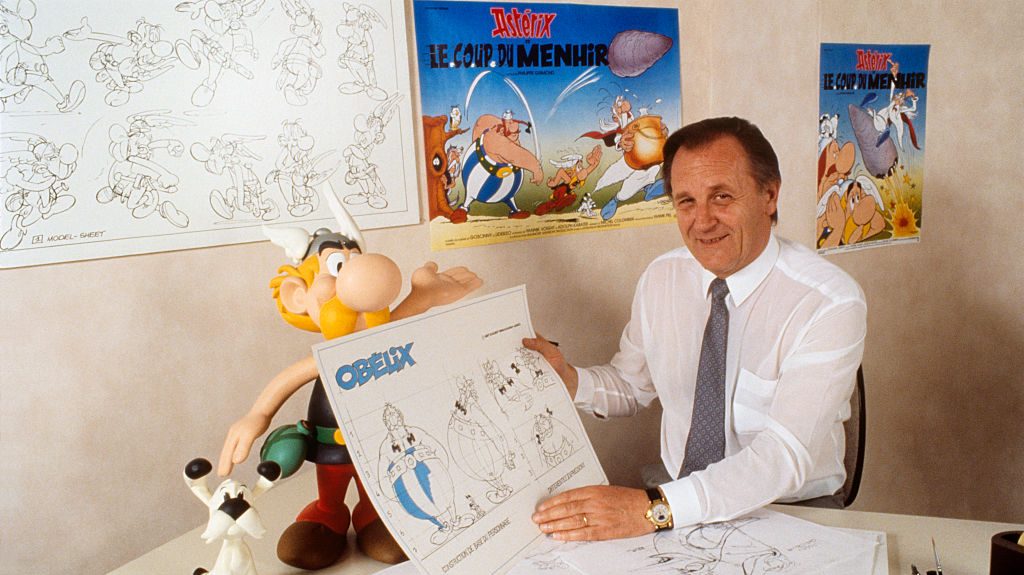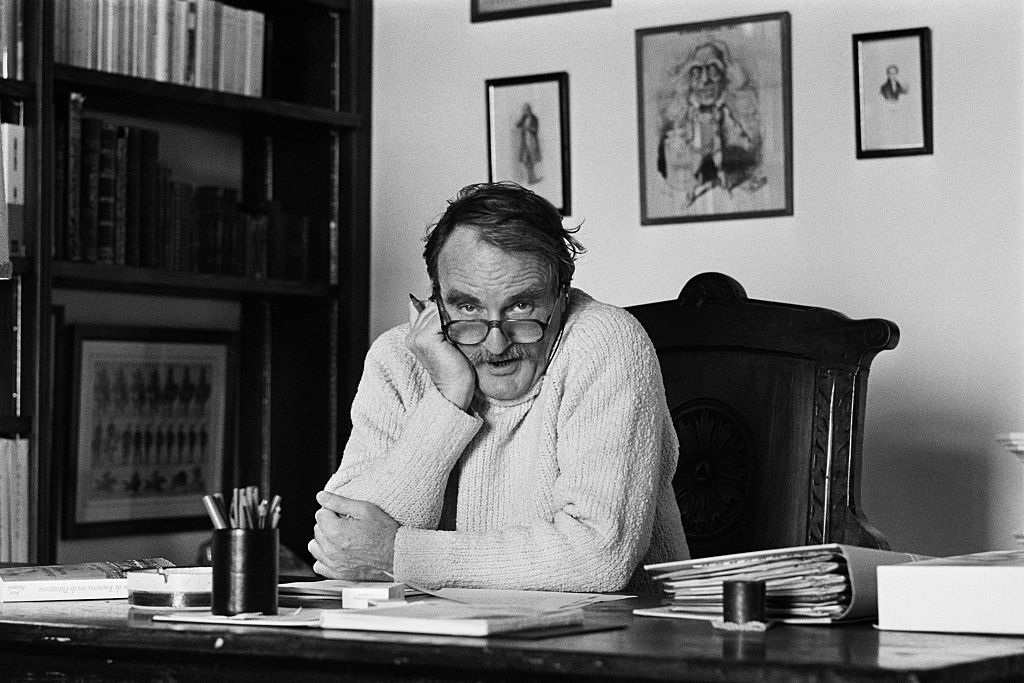Conservatism is the new punk, said the former chairman of the Swedish Conservative Student Association in 2020. The same slogan is used by the Spanish conservative magazine Revista Centinela.
Some might see the current fashionableness of conservatism as an oxymoron. The ideology, or as some would rather see it attitude, of conservatism is one that celebrates the values and institutions that have been bequeathed to us by previous generations.
Yet, conservatism is not inherently at odds with the future. It is one modern viewpoint amongst others. Still, to many, it seems strange that conservatism should suddenly be in vogue, particularly in countries that are generally perceived as socially liberal.
The growth of conservatism in Sweden is, perhaps, one of the examples that shocks people the most. It is a salutary tale for conservatives looking to expand their reach – and one in which I have had a ringside seat.
My phone rang around noon as I sat in the student room of my school’s student council. It was an old friend from the Swedish Moderate Party – historically the largest Right-wing party in Sweden. He wanted to invite me to a meeting with a new group that soon came to be known as the Swedish Conservative Association.
Intrigued, I took him up on the offer and would attend the monthly meetings for years, where we discussed conservative policy, philosophy and history over numerous cups of strong Swedish coffee. The ideas were big, but our crowd was seldom larger than 12 people.
The story of conservatism’s rise in Sweden predates the foundation of this association, as some key figures – several of whom were involved with the association – had been working for the conservative cause in the country for decades. Nonetheless, the foundation of the Swedish Conservative Association proved seminal.
The reality was that the Moderate Party was and is a liberal conservative party, with a heavy emphasis on liberal. When Fredrik Reinfeldt won the 2006 election after 12 years of Social Democratic rule, there was a sense of triumph within the broad Right.
Not, however, amongst conservatives. The next 8 years of the Reinfeldt government would see tax reforms welcomed by many conservatives, but the Reinfeldt legacy was far from ideal for any conservative concerned about key areas such as migration and defence: he opened the borders after the migration crisis in the mid 2010s and cut back on military spending.
Within the Moderate Youth – the youth wing of the party – there was even a concerted attack on conservatives. Many were forced out of the party altogether or had their intentions questioned. This led to many members moving over to either the Christian Democrats or the Sweden Democrats.
When I was a member of the Moderate Youth in the 2010s, the prospects for the conservative cause in Sweden looked rather bleak, even amongst the political Right. Somewhat ironically, it would be the fall of the Right-wing government that catalysed a change of fate for conservatives.
The Moderate party lost the European elections in 2014 and then the general election of the same year. The failure ushered in an era of self-reflection. One party leader was chosen, but didn’t manage to galvanise enough support or sufficiently make her mark on the party.
It was the current leader – and now Prime Minister – Ulf Kristersson, who sought to re-galvanise the party by – in part – rediscovering its conservative roots. All of a sudden the ideas floated by the conservative members of the party back when I had become involved were championed rather than maligned. On issue after issue conservative stances were revived: stronger borders, more money to defence, more money to the police and intelligence service, harsher penalties for crime, the list goes on.
Alongside this development within the Moderates, the Sweden Democrats, an historically far-Right party, had begun to make moves towards social conservatism. In this endeavour they were inspired by Sir Roger Scruton, whom they invited to speak at a conference in 2016.
At the same time, they had brushed up their brand, re-written their party platform, and begun to focus on classically conservative issues such as family values, toughness on crime, and controlled borders.
In doing so, the party shifted the Overton window in Sweden to a place it had not been for perhaps a century: they won seats in parliament and now hold a decisive number of votes, relied upon by the current coalition government. Many of the key figures in this party – its intellectual elite, if you will – had been associated with the Conservative Association that I had joined in the early 2010s.
The other parties involved in this seismic shift, the Moderates and Christian Democrats, also had representatives in the Conservative Association. Even if those members have not always held decisive roles in the parties, they have promoted ideals founded on the principles of Burke, Oakeshott, Scruton and similar thinkers that now shape a broadly conservative agenda in Sweden. Meanwhile, the 12 initial members of the Swedish Conservative Association have now grown to over 1,200.
It is safe to say that, at least for now, conservatism has won in Sweden. The journey has been fraught. Along the way, many Swedish conservatives were attacked with arbitrary labels.
The road has been long, but conservatives have always taken a cautious yet open approach to political change. Edmund Burke, the founder of conservatism, spoke of the need to change in order to preserve.
Along with change, fundamental questions have emerged. Surveying the Swedish political landscape it has become clear that while conservatism is in vogue, the meaning of conservatism is still somewhat vague.
One remaining problem is competing notions of conservatism. The National Conservative movement in the USA, which convened earlier this year in the UK, is attempting to unite the Right under one banner.
Theirs is, however, just one notion of conservatism, about which many other conservatives feel little sympathy and even unease. Catholic Integralists, Straussians, Post Liberals, social conservatives, and libertarians (to name but a few) all have competing views as to what the essence of conservatism really is. Various incarnations of these rival schools of thought exist in Sweden too.
Nevertheless, the rise of the Sweden Democrats and the revival of the Moderates under Ulf Kristersson suggests that uniting around core concepts such as family, nation, and church is both possible and politically expedient.
The tide has turned in Sweden and it now remains to be seen if conservatives will sink or swim. As Benjamin Franklin quipped when asked what kind of government he and the founding fathers had bequeathed to the nation, “A republic, if you can keep it.”
For now, Swedish conservatives have their government. Let’s see what they make of it.





Sweden’s NATO membership is a regrettable necessity